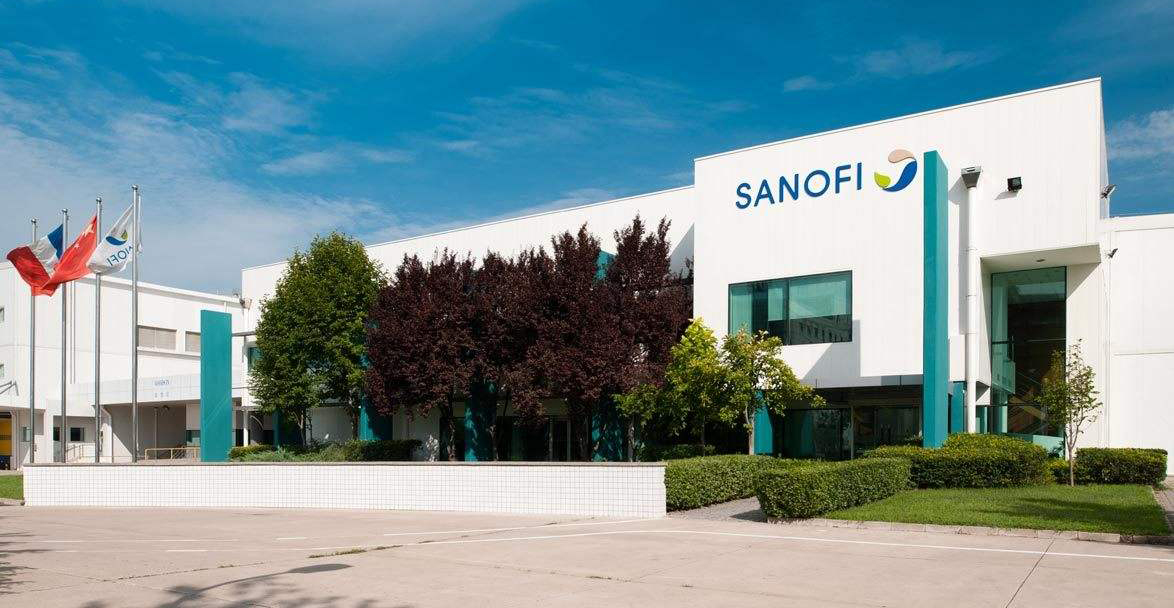Recently, Sanofi and Neuraxpharm reached an agreement to sell 17 drugs to Neuraxpharm for an undisclosed amount.
The drugs are understood to include two product portfolios for central nervous system (CNS) disorders, pain and vascular disorders. Together, this set is sold in more than 50 countries around the world. The 17 Sanofi drugs collectively make up 38 brands.
The first product portfolio includes 15 drugs for the treatment of psychiatric and neurological central nervous system disorders, Neuraxpharm explained. These include drugs like Nozinan, Tranxene, Tiapridal, Dogmatil, and Largactil, which treat conditions such as depression, anxiety, psychosis, alcohol dependence, myasthenia gravis, and Parkinson’s disease. The pain and vascular portfolio contains only two drugs: Topalgic and Trental.
Cut costs and continue to “slim down”
In recent years, Sanofi has been actively trying to “slim down” by selling products to implement the “play to win” strategy proposed in 2019. This is a plan from 2020 to 2025 that will focus the business on key R&D areas such as immune inflammation, rare diseases, oncology, vaccines, etc.
In June, Sanofi sold its longtime partner Regeneron’s exclusive global rights to the cancer drug Libtayo for $900 million. Sanofi also sold 16 consumer healthcare product assets to Germany’s Stada Arzneimittel a year earlier. The product portfolio includes cold and flu medicines, skincare and food supplement brands.
It is worth mentioning that this year, Sanofi has also made new progress in splitting the API business. In April, Sanofi announced that the French securities market regulator AMF has approved the listing prospectus of its API company EUROAPI. Once approved by the shareholders’ meeting, it is expected to be split on May 6 on Euronext Paris. listed. Sanofi will take a 30% stake in Euroapi after the spin-off. Sanofi expects operating margins to increase slightly in 2022 after the spin-off of Euroapi.
In addition, Zentiva, which used to be the European generics arm of Sanofi, has also attracted interest this year from Polpharma, Poland’s largest drugmaker.
In addition to product sales and spin-offs, Sanofi is “cutting costs” by cutting jobs.
Shortly after announcing the change of the LOGO at the beginning of the year, Sanofi Chief Financial Officer Jean Baptiste claimed in the quarterly investor conference call that the company intends to continue to “slim down” and expects to lay off 6,000 jobs worldwide throughout the year.
In fact, this is not the first time Sanofi has laid off staff. In 2018, Sanofi had a total of 105,000 employees, but has since embarked on a path of layoffs. At the beginning of this year, Sanofi had about 96,000 employees worldwide. By the end of this year, Sanofi hopes to have nearly 90,000 employees. It is reported that Sanofi will lay off about 15% of its employees throughout the cost reduction period, and plans to reduce annual expenditures by 2.5 billion euros by 2022.
“Slimming” is the norm for multinational pharmaceutical companies
Overall, although Sanofi is constantly “slimming”, it is not a negative impact, but a reflection of its focus on core business. In 2020, Sanofi sold its stake in Regeneron Pharmaceuticals, raising more than $11 billion in funds for innovation and corporate development.
In fact, it is not only Sanofi that focuses on the development of core business by selling, or splitting, or licensing non-core products. Judging from the current changes in the pharmaceutical market, splits and divestitures have become increasingly normal in the pharmaceutical industry.
As early as the end of 2020, AstraZeneca sold the rights of its blockbuster drug Crestor (rosuvastatin calcium) in more than 30 countries in Europe (excluding the United Kingdom and Spain) to the German pharmaceutical company Gruenenthal. On November 1, 2021, AstraZeneca in turn transferred the global rights to Eklira and Duaklir to Covis Pharma.
At the end of March this year, Daiichi Sankyo transferred to Chongqing Yaoyou the production and sales rights of the Colabituto preparations in mainland China and the entire equity of the production company that produced the preparations; Japan’s Takeda’s five patent expired drug business, and finally 230 million US dollars. The price was acquired by Hessen Pharmaceuticals…
This year, GSK also officially completed its split, a new GlaxoSmithKline company focused on the pharmaceutical business, and Haleon, a standalone consumer health business. On July 18, Haleon was listed on the London Stock Exchange.
GE plans to complete the spin-off of its healthcare business in early 2023. The independent medical business will promote innovation in the field of precision medicine, focus on improving patient prognosis and disease diagnosis and treatment, and address the severe challenges faced by patients and clinics.
In addition to the spin-offs of GSK and GE, there are also multinational giants such as Novartis and Johnson & Johnson implementing “slimming” plans this year.
In April, after Novartis adjusted its latest global strategy, recently, Sandoz, its generic drug business unit, said to the public that Novartis would decide to divest or sell Sandoz by the end of this year. In recent years, Novartis has successively spun off animal health, vaccines, contact lenses and other departments, and spun off Alcon’s eye care division.
In addition, Johnson & Johnson also plans to complete the restructuring and splitting of its three existing businesses by the end of 2022. Among them, the pharmaceutical business and the device business will be merged, and the consumer health business will be independent and become two listed companies.
All in all, in the context of the transformation and upgrading of the global pharmaceutical industry, the “slim down” of multinational pharmaceutical companies will continue. On the other hand, this may also be an important driving force for the development of the innovative drug market.









